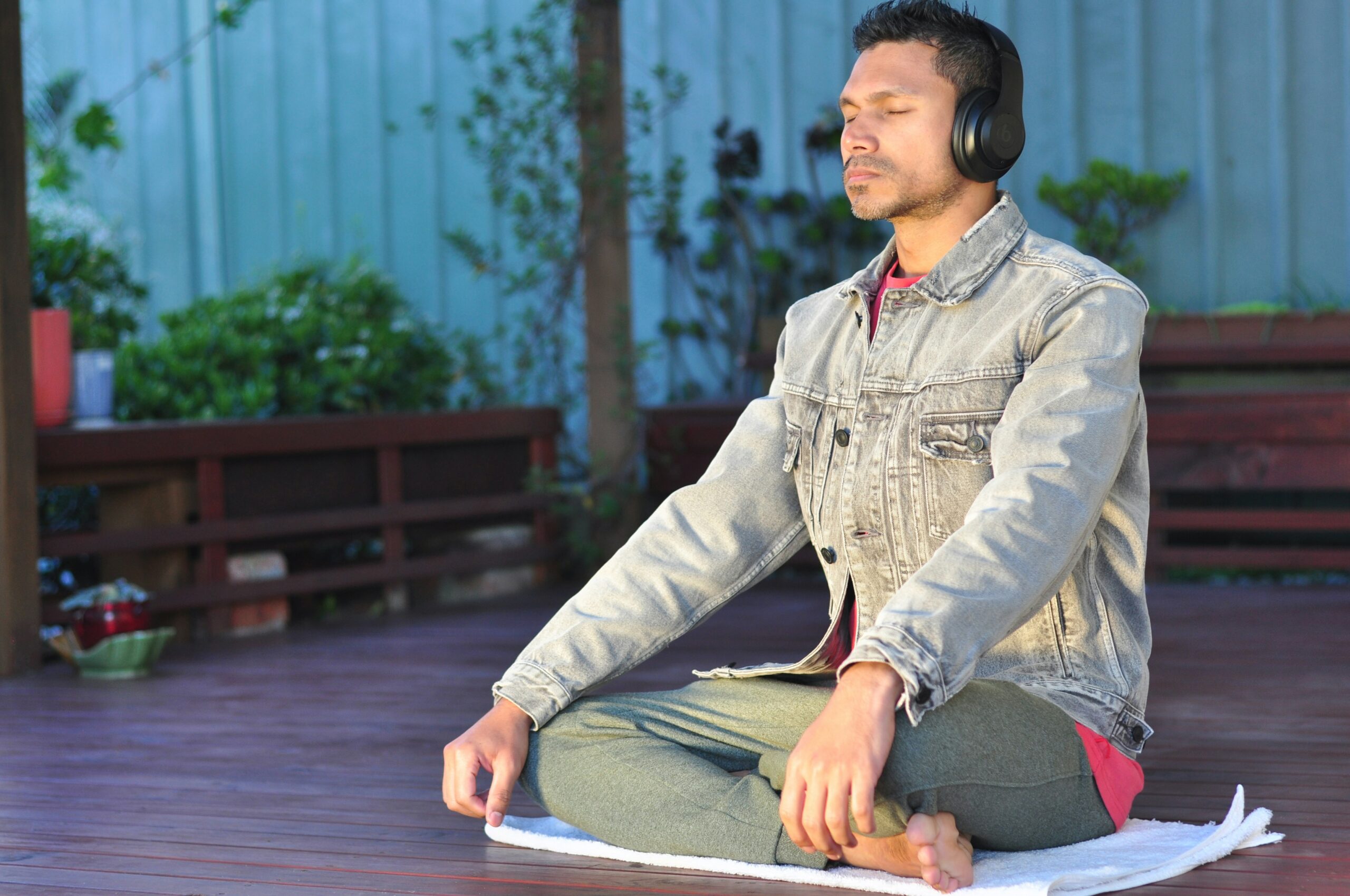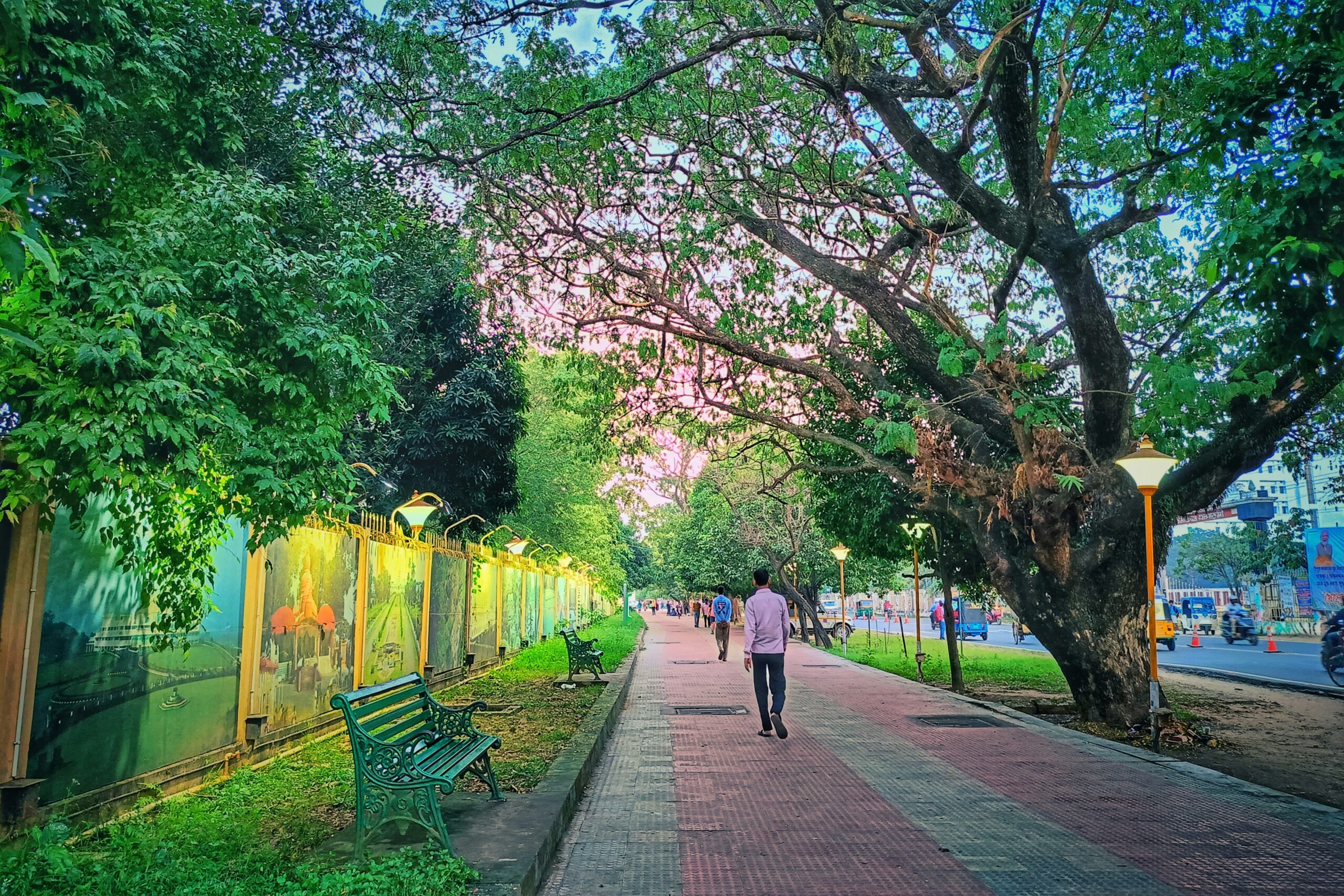Health Inequality Crisis: 5 Cities With the Worst Public Health Outcomes

Introduction
In the shadows of shiny horizons and busy economic hubs, a quiet crisis brews one that does not discriminate against geography, but is deeply shaped by it.All over the United States, strong differences in public health outcomes highlight a disturbing truth: where you live often decide how long and how well you live. It’s not just about access to doctors or hospitals; It is about systemic inequalities related to housing, education, employment, environmental policy and historical disinvestment.
Today, we want to highlight the five American cities where the crisis for health inequalities is most serious.These city centers act as clear reminders that health is not only an individual responsibility, but a collective responsibility and without immediate, fair intervention, the gap between the healthy and the vulnerable will only expand.
Table of Contents
1. Detroit, Michigan: A Legacy of Disinvestment and Environmental Burden
Detroit, once the engine of the US industrial power, is now fighting with some of the country’s most urgent public health challenges. Life expectancy in some zip codes is less than 70 years, almost a decade less than the national average. Chronic conditions such as diabetes, heart disease and asthma are widespread, worsened by limited access to fresh foods (so called “food”), under-financed clinics and aging infrastructure.
Perhaps most worrying is the city’s environmental health burden.Many neighborhoods are adjacent to highly industrialized areas, exposing the inhabitants-disposal black and low-income to elevated levels of air and water pollution.Lead pollution from old pipes is still a persistent threat, especially for children’s cognitive development. Despite recent revitalization efforts in the city of Detroit, these benefits have still not expanded to the city’s most marginalized society, where the health outcome is still serious.
2.Baltimore, Maryland: The permanent wellness effects of segregation
Baltimore’s public wellness crisis is inextricably linked to the history of racial division and redistribution. A 2015 study showed that life expectancy in the wealthy Roland Park area is 83 years-one in the predominantly black neighborhood Mondomin, just a few miles away, falls to 67.The 16-year difference is not a statistical anomaly; This is a direct result of decades of discriminatory housing policy, schools under resources and concentrated poverty.
Violence also plays a devastating role in Baltimore’s health landscape. The murder rate remains a highlight of the country, contributing to trauma, mental health disorders and premature death. Meanwhile, overdoses of opioids have risen and strained an already overloaded public health system.Community health workers and grassroots organizations are fighting valiantly to fill the gaps, but without systemic investment in social determinants of wellness like stable housing, quality education, and economic opportunity progress remains fragile.

3. Memphis, Tennessee: The Obesity and Diabetes Epicenter
Memphis consistently ranks among the unhealthiest cities in America, with overweight figures exceeding 40% and diabetes occurrence almost twice as much as the national average. These conditions are not just lifestyle choices; They are symptoms of a food system that prioritizes profits rather than nutrition and a built environment that discourages physical activity.
Many Memphis Nabolag lack sidewalks, parks or safe areas for recreation. Fast food sales surpass grocery stores in low income areas, and public transport is unreliable, making it difficult for citizens to access healthy alternatives. The lack of suppliers of primary care exacerbates the problem especially in South Memphis, where the poverty rate is more than 35%. Without ongoing preventive care, chronic diseases are undiagnosed and treated until they become life threatening.
Still, Memphis also offers hope. Local initiatives such as “Grow Memphis” make vacancies for urban farms, while social health coalitions work to bring mobile clinics to underrated areas. But upscale this effort requires a political level for the political level for the wellness care system.
4. St. Louis, Missouri: Shared with Delmar Boulevard
In St. Louis, the phrase “Delmar’s north” has heavy meaning. Delmar Boulevard acts as an informal but clear breeding and economic dividing line. North of Delmar 95% of the inhabitants replied; The south is more than 70% white. The wellness differences on this lonely road are staggering.
Infant mortality north of Delmar is more than double the south. Life expectancy is reduced by about 10 years. Residents have high frequencies of high blood pressure, stroke and preventable hospital admissions. These results occur from a toxic mix of segregation of housing, under-financed public services and environmental hazards such as proximity to landfills and industrial sites.
The closure of several hospitals in North St. Louis over the past two decades has left entire communities without emergency care. While telehealth and community paramedicine programs are emerging as stopgaps, they cannot replace the need for sustained investment in neighborhood based wellness infrastructure. Until St. Louis confronts its spatial inequities,wellness outcomes will remain bifurcated along Delmar’s invisible line.

5. Fresno, California: Agricultural Wealth, Human Poverty
Fresno is located in the heart of California Central Valley a region that produces more than a quarter of the country’s food. Nevertheless, paradoxically, many of the inhabitants suffer from food security and the worst air quality in the country. Farmers, often undocumented immigrants, meet dangerous working conditions, limited access to fitness care and language barriers that prevent them from receiving care.
The Fresno asthma frequencies are among the highest in the US, caused by the runoff of pesticides, diesel emissions from farm equipment and frequent fires caused by climate change. Children miss school due to respiratory diseases with alarming prices in low income areas.Meanwhile, mental wellness services are scarce, and the stigma around seeking help remains in many communities.
Despite these challenges, Fresno is home to innovative health programs. Fresno County Department of Public wellness has entered into a collaboration with local non -profit organizations to distribute bilingual health workers who bridge the cultural and linguistic distinction. Nevertheless, without federal and state policy that protects agricultural workers and controls agricultural pollution, the wellness burden of this essential workforce will persist.
The big picture: Health is a human rights
These five cities are not outliers, they are mirrors that reflect the national crisis. Wellness inequality is not inevitable; It has been constructed through political choices. When we reduce public transport, we limit access to jobs and clinics. When we allow polluting industries to set up in poor areas, we poison the air that children breathe. When we can tolerate school financing associated with property taxes, we deprive generations of education that predict lifelong wellness.
True health equity requires more than band-aids; it demands bold structural change. This includes expanding Medicaid in holdout states, enforcing environmental justice regulations, investing in affordable housing, and supporting community led wellness initiatives.It means recognizing that a person’s zip code should never be a death sentence.
As Dr. Camara Jones, former president of the American Public Health Association, once said: “Health equity is the assurance of the conditions for optimal health for all people.”Achieving that vision begins with acknowledging where we’ve failed and committing, city by city, to do better.
The cities profiled here are not beyond hope.They are home to resilient communities, visionary leaders, and everyday heroes working tirelessly to heal their neighborhoods.What they need and deserve is a national reckoning with health as a fundamental human right, not a privilege reserved for the few.Until then, the health inequality crisis will continue to claim lives, silently and systematically, in the places we call home.
1. What causes poor public health outcomes in these cities?
Factors include systemic inequities, limited access to quality healthcare, poverty, environmental hazards, and underfunded public health infrastructure.
2. Which U.S. cities have the worst wellness disparities?
Cities like Detroit, Baltimore, Memphis, St. Louis, and Newark consistently rank among the lowest in public health metrics such as life expectancy, infant mortality, and chronic disease rates.
3. How can communities address health inequality?
Solutions include investing in community health programs, expanding access to preventive care, tackling social determinants of health (like housing and education), and implementing equitable public policies.









